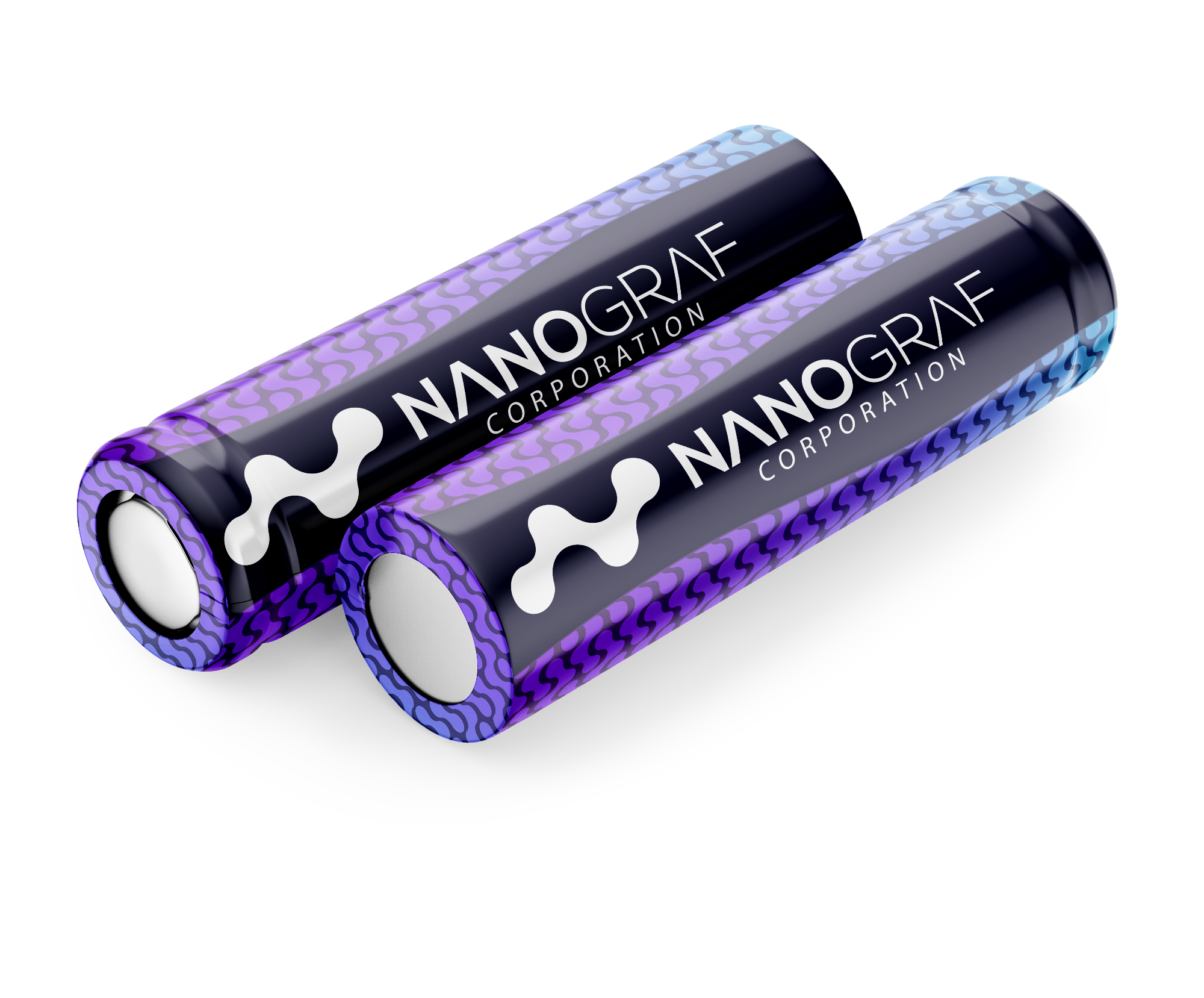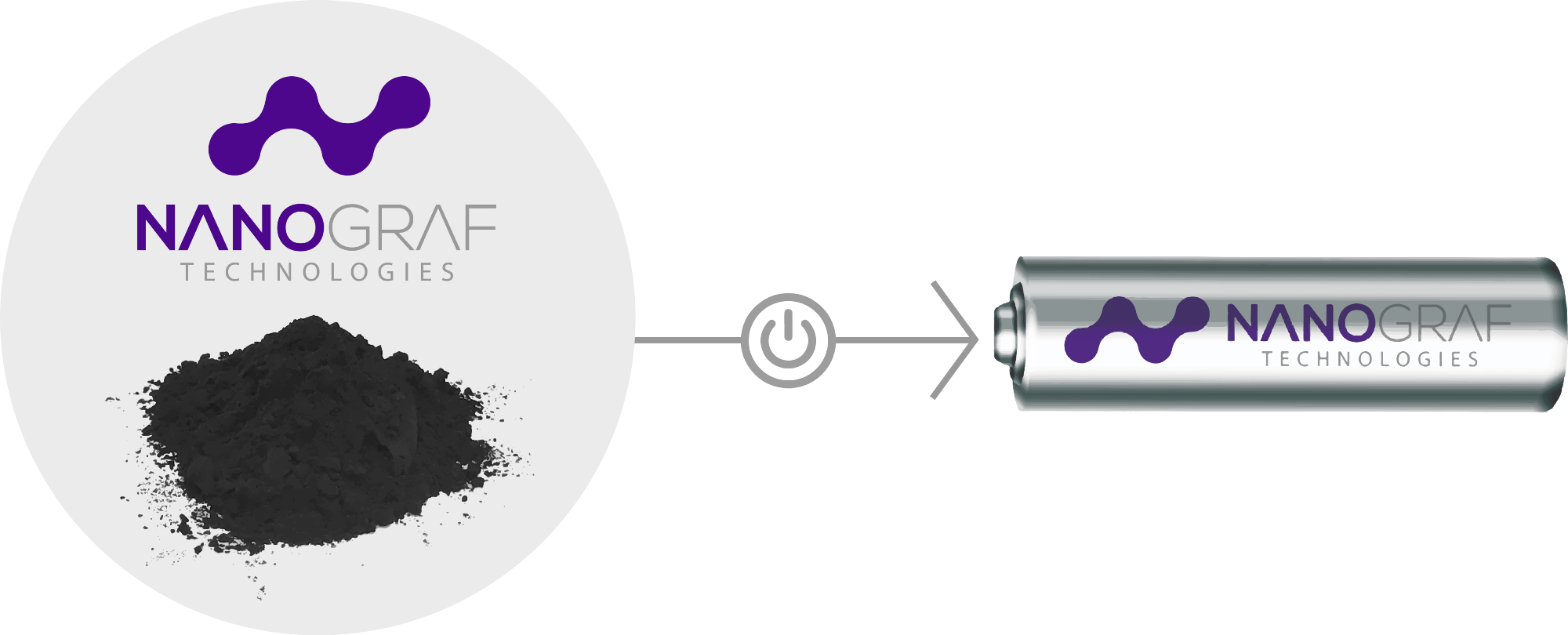AZoM talks with Francis Wang, CEO of NanoGraf, to discuss their new lithium-ion battery technology and the onshoring of production in the Midwest.
Please could you introduce yourself and your professional background?
I’m Francis Wang, CEO of NanoGraf Corporation. I’ve spent the last 20+ years in the battery industry and have worked in all facets of the value chain (from R&D to Production).
What is the ethos of NanoGraf as a company, and what are its ambitions?
NanoGraf aims to be the premier global supplier of silicon anode materials and silicon-enabled cells. NanoGraf has strong relationships throughout the battery value chain, from raw materials suppliers to end customers. We strive to be a driver of onshoring the lithium-ion industry, and we have cultivated relationships with domestic customers to purchase and use these batteries.
Why do lithium-ion batteries receive so much research and commercial interest?
Lithium batteries have become the portable power of choice for everything from iPhones to electric vehicles. Lithium-ion batteries have arguably been responsible for today’s “unplugged” world and will someday be responsible for breaking our dependence on fossil fuels.
NanoGraf has produced the world’s most energy-dense lithium-ion 18650 battery cell. What does this mean and how were you able to achieve this?
We leveraged our proprietary silicon anode technology to help drive greater energy density in a 18650 cell. Silicon holds about 10x (by weight) the amount of charge that today’s graphite anodes do, and it enables batteries to run longer (and EVs to have longer range).

What limitations do lithium ion batteries still face that have led you to innovate further?
Lithium ion batteries are still far from perfect. Popular areas of development include higher capacity (where NanoGraf’s technology is primarily focused), fast charging, safety and lower manufacturing costs.
Your new battery solution is a breakthrough silicon anode technology. Could you please describe this in detail?
NanoGraf has developed a proprietary composition for a silicon oxide based chemistry that provides greater stability, which in turn allows cell manufacturers to put more silicon into the cell. Historically, silicon has been used in small percentages in commercial cells; however, current silicon anode technology struggles with swelling and fracturing over time. NanoGraf’s technology solves these fundamental pain points and enables higher silicon blends in the anode. In addition, our production technologies are highly scalable, which allows our company to sell the silicon anodes at a competitive $/kWh cost (at scale).

You have just announced a successful $65 million Series B funding round to continue to develop this technology. Why do you think there is such an eagerness to invest in battery technology, and NanoGraf’s battery technology in particular?
The eagerness around battery chemistries has multiple levels. At a high level, there is the promise of EVs, and batteries largely determine the value proposition of a car; they determine the range, and batteries make up about 30% of the cost of a vehicle. From an investment perspective, if you control the battery (or battery performance drivers), then you arguably have a valuable asset that will grow as EV adoption grows. I think the other underlying reason for the excitement is the activity in the US around developing a US supply chain for batteries. These are critical technologies to power the future, and NanoGraf aims to be one of the leaders in this category.
This announcement follows an investment of $10 million from the US Government in November 2022 to develop the first advanced silicon anode manufacturing facility in the Midwest. Why do you believe the onshoring of your silicon anode production is significant?
Anode and cathode technologies have historically been the performance drivers in lithium-ion technology. Silicon anodes have reached commercial adoption and are driving the performance improvements seen over the last few years. The investment by the government is significant in that it validates that silicon technologies (and the domestic production of silicon technologies) are central strategic pieces of the future US value chain.
How will NanoGraf’s technology change the battery technology landscape over the next decade?
NanoGraf's technology is poised to drive the energy and power densities of future lithium-ion batteries. Our technology solves the historic pain points associated with silicon anodes. In addition, our technology drops into existing lithium-ion manufacturing processes, making it easily scalable and not requiring significant manufacturing changes at the cell level. Overall, NanoGraf’s technology will enable domestically-produced longer-lasting batteries with superior performance, which will solve common battery industry challenges including EV range anxiety, battery degradation, and the lack of a U.S. battery supply chain.
More from AZoM: Thermal Analysis in Battery Research
About Francis Wang
 Francis serves as the Chief Executive Officer for NanoGraf Technologies, a leading advanced materials company in the energy storage space. He brings over 25 years of experience in technology innovation, commercialization, and manufacturing in energy storage and clean energy spaces.
Francis serves as the Chief Executive Officer for NanoGraf Technologies, a leading advanced materials company in the energy storage space. He brings over 25 years of experience in technology innovation, commercialization, and manufacturing in energy storage and clean energy spaces.
Prior to NanoGraf Technologies, Francis was a founder and Director of Energy Storage Center at the National Institute of Clean Energy from 2010-2015. Francis’s experience in energy storage spans a range of magnitudes from very small (uW-mW) forms of storage for portable electronics & medical applications to very large (kW-MW) for transportation and the grid. He has held positions in some of the world's largest battery, consumer products and energy companies, including Duracell, Proctor & Gamble, Gillette and Boston Scientific.
Francis received his Ph.D. in 1998 from the Department of Chemistry at the State University of New York at Stony Brook. He is the author of over 50 US & International patents, over 20 scientific publications. He is the recipient of the Forbes Next 1000 honor, and serves a board director for the Sunlight Corporation.
For more information, visit www.nanograf.com
Disclaimer: The views expressed here are those of the interviewee and do not necessarily represent the views of AZoM.com Limited (T/A) AZoNetwork, the owner and operator of this website. This disclaimer forms part of the Terms and Conditions of use of this website.